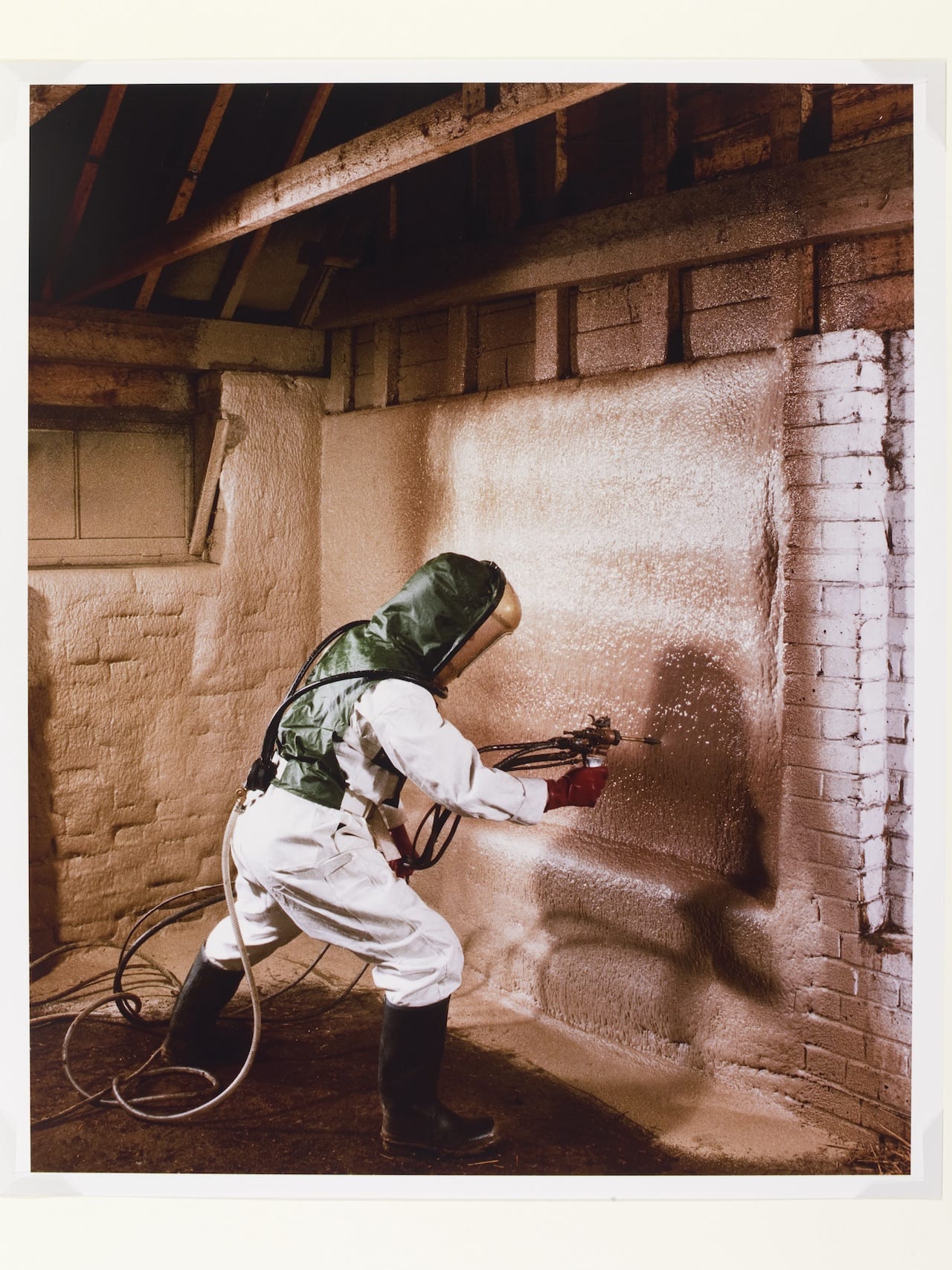Yannis Behrakis, photojournalist, 1960-2019
Born in Athens, Yannis Behrakis went on to become an acclaimed photojournalist, documenting epoch-making events such as the funeral of Ayatollah Khomeini in Iran, the post-Soviet fall out in Eastern Europe and the Balkans, the wars in Croatia, Bosnia and Kosovo, Chechnya, Sierra Leone, Somalia, Afghanistan, Lebanon, the first and second Gulf wars in Iraq, the Arab Spring in Egypt, Libya and Tunisia, the civil war in Ukraine, and the Nato bombing of ISIS in Syria. “My mission is to tell you the story and then you decide what you want to do,” he once said. “My mission is to make sure that nobody can say: ‘I didn’t know’.”
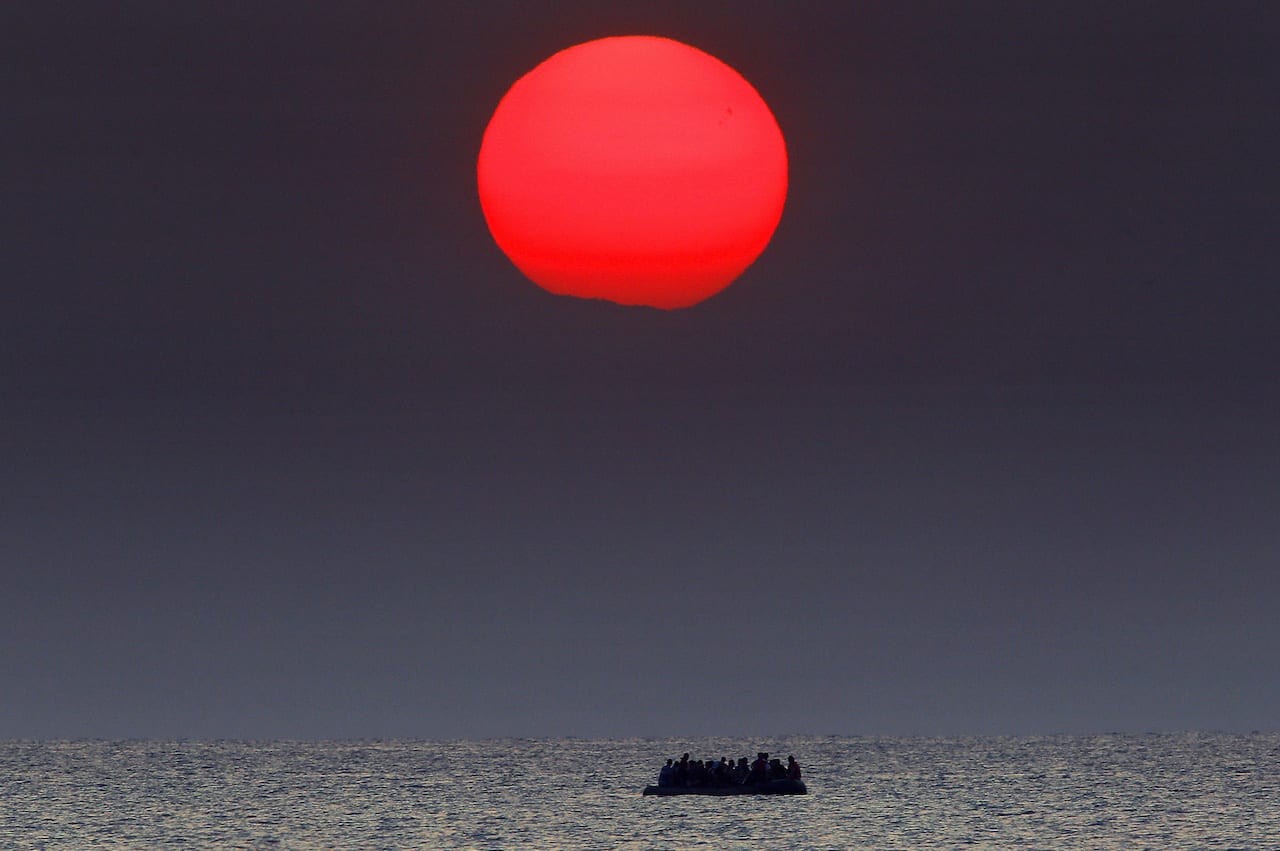
Yorgos Yatromanolakis’ personal political
“I believe that collective memory and individual experience, politics and personal beliefs, are interrelated,” says Yorgos Yatromanolakis – and it’s easy to see why. Born in Crete in 1986, he got into photography in December 2008 because he wanted to document the riots that broke out in Greece after a 15 year-old, Alexandros Grigoropoulos, was shot dead by the police. He’s gone on to publish three books, the most recent of which – The Splitting of the Chrysalis & the Slow Unfolding of the Wings – has propelled him to international fame.
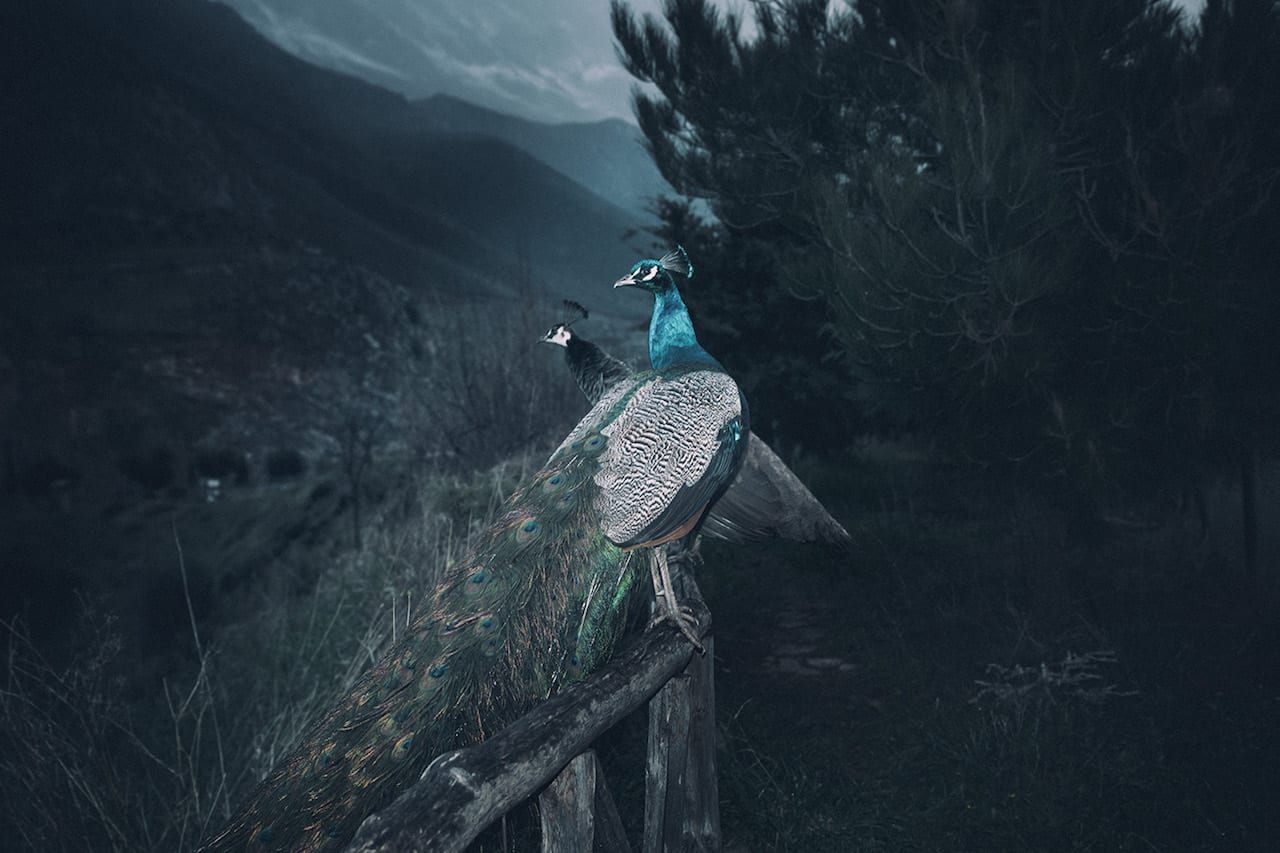
The 2019 Deutsche Börse Photography Foundation Prize on show in London
Now in its 22nd year, the Deutsche Börse Photography Foundation Prize is awarded each year to image-makers who’ve made the biggest contribution to the medium in the previous 12 months in Europe. This year the shortlisted artists are: Laia Abril, for her publication On Abortion; Susan Meiselas, for the retrospective exhibition Mediations; Arwed Messmer, for his exhibition RAF – No Evidence / Kein Beweis; and Mark Ruwedel, for the exhibition Artist and Society: Mark Ruwedel. The exhibition is now on show at The Photographers’ Gallery in London, and the winner of the £30,000 prize will be announced on 16 May 2019.
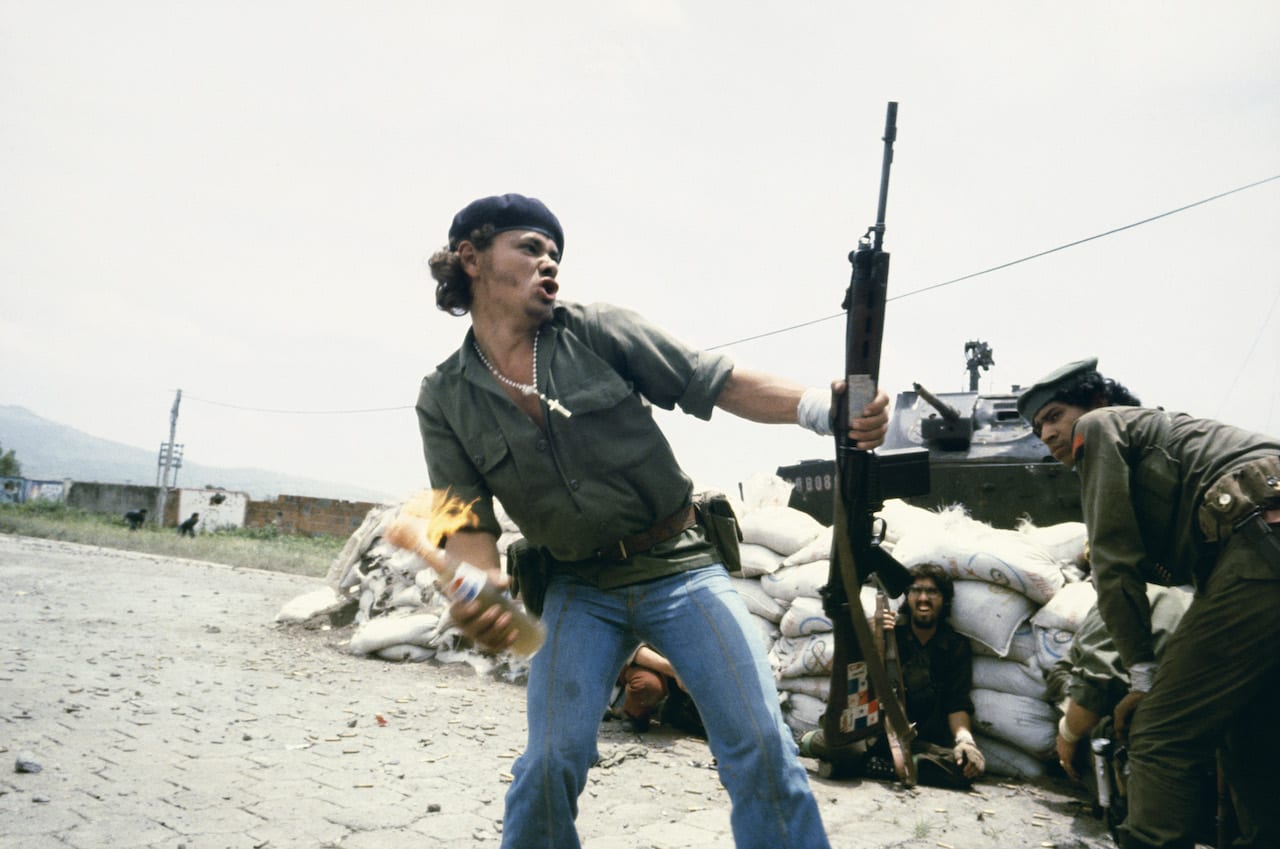
Evolution of the Photobook Belge
“To date, hardly any research has been conducted into Belgian photobooks,” opens the exhibition Photobook Belge, now on show at FOMU and published as a book by FOMU in partnership with Hannibal. “Photobook Belge provides an overview of the evolution of the Belgian photobook from the mid-19th century to today.” Including nearly 250 publications, Photobook Belge is divided into eight chapters, looking at areas such as Artists’ Books, Belgian national identity, and the relationship between text and images. Belgium’s brutal colonisation of the Congo, its subsequent relationship with the country, and its often problematic representation of it in images, is given a whole chapter.
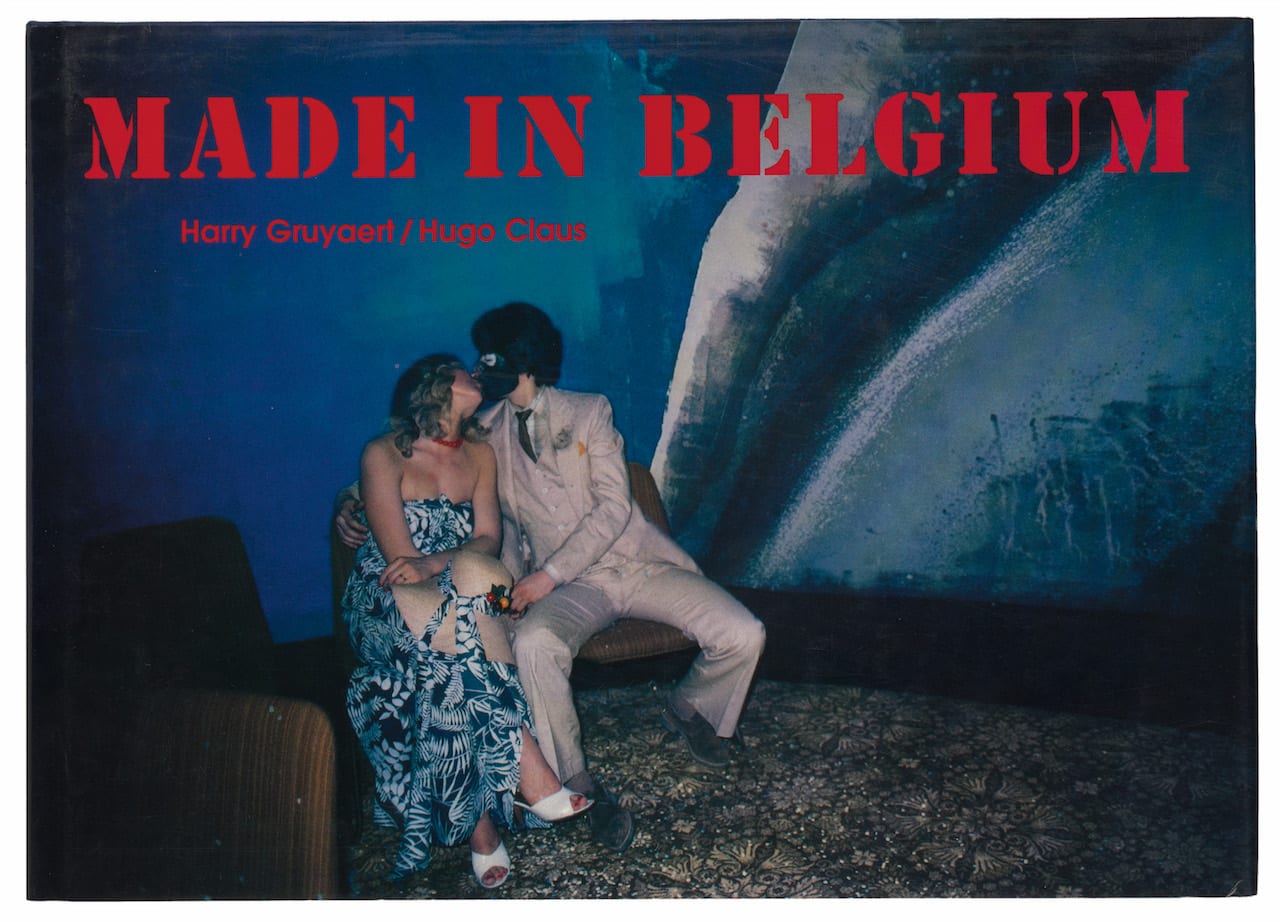
Eric Gyamfi wins the Foam Paul Huf Award
Ghanaian photographer Eric Gyamfi has won the 13th Foam Paul Huf Award, which is given annually to a photographer under the age of 35. Gyamfi won the award for all his work to date, including his most recent project, Fixing Shadows; Julius and I. “Photographs die and are reincarnated,” stated the photographer, who wins £20,000, a solo show at Foam in Amsterdam, and a spot in Foam Magazine‘s Talent Issue and travelling exhibition. “I am interested in what happens to the life of the photograph as it gets sited through time, through death. Fixing shadows; Julius and I, works on the space/life between two photographs, mapped/permutated through different times, encounters and potentialities, as they move through a certain death.”
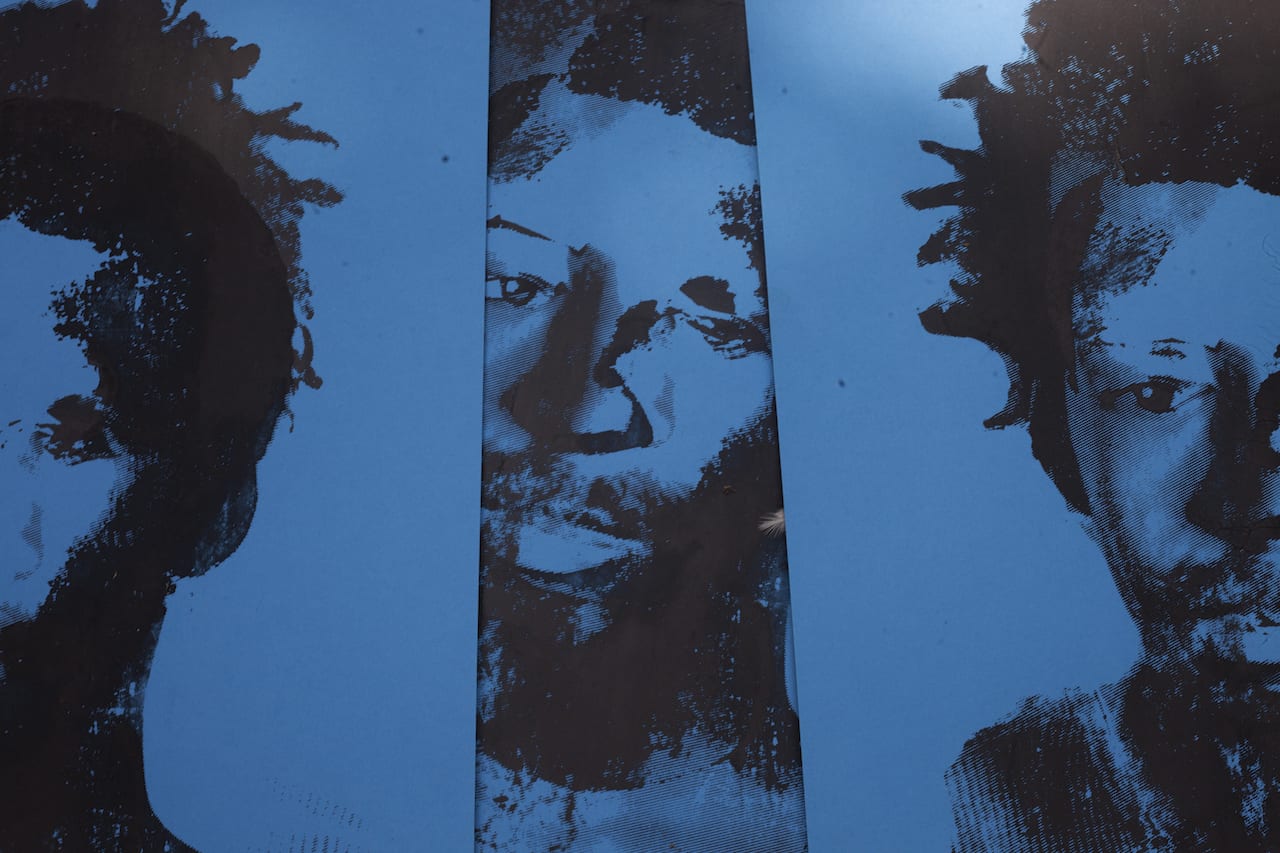
Hiro Tanaka on tour and beyond
Over the last decade, Hiro Tanaka has published two photobooks – Dew Dew Its and Chicharron, which won the 2018 Cosmos Arles PDF Award. He has exhibited globally in group shows and photo festivals, and toured the world with punk and hardcore rock bands, where he is often spotted deep in a mosh-pit, camera pumping in the air. But before all that, he was working nine-to-five as a computer technician in Tokyo, Japan, with no interest in photography. Tanaka’s whole career sprouted from a string of unexpected coincidences, beginning with a free flight to America.
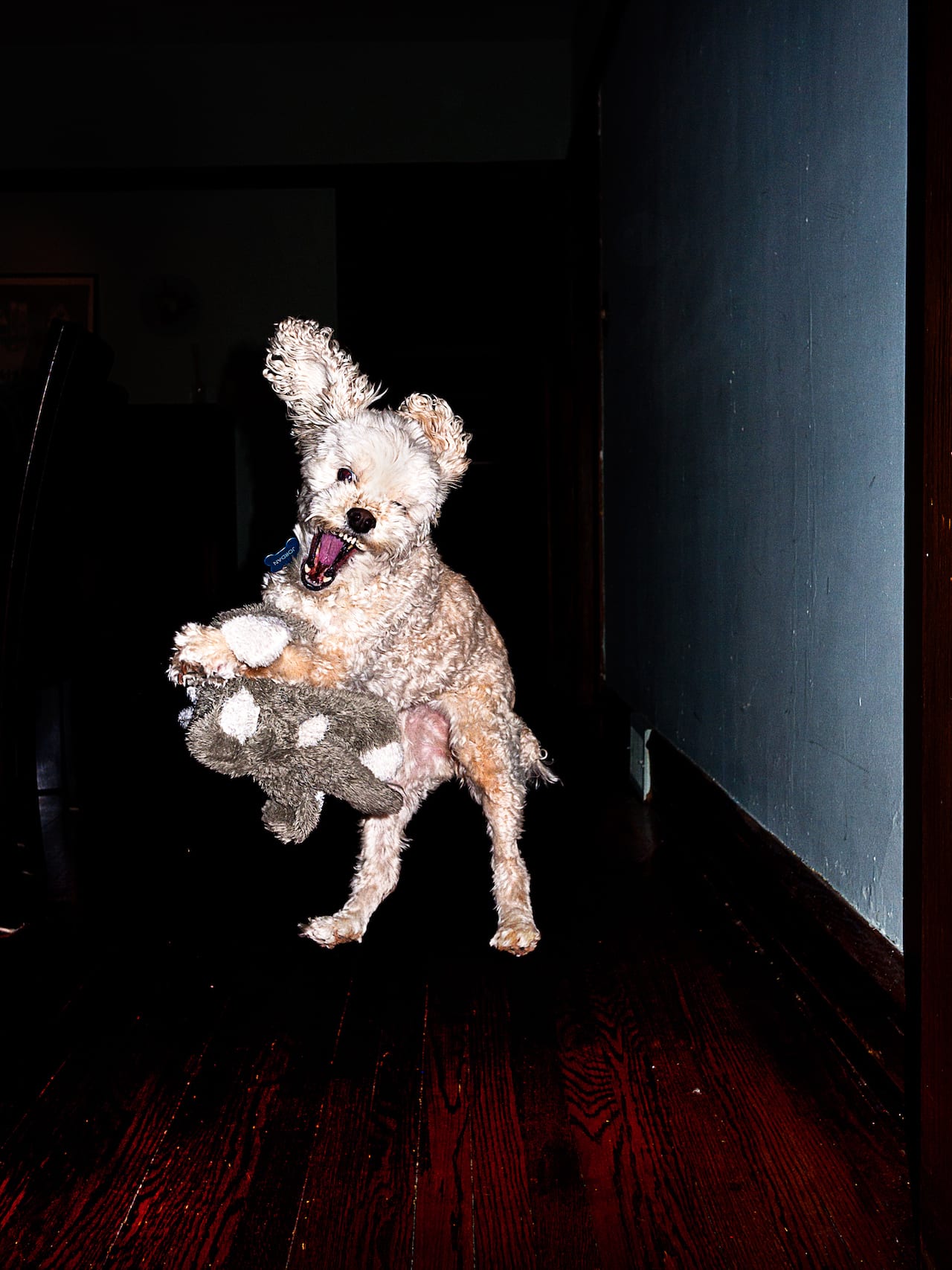
Sara Cwynar’s Image Model Muse
“I used to be more interested in meaning, and how meaning shifts when things are put out into the world,” she says. “But now I have been thinking about why we value the things that we value. It just seems important, I guess, in this current moment. And I am trying to use some of the tools of design, to criticise the way design works,” says Sara Cwynar, of new work exploring advertising, sexism, and the emotional effect of colour. Still-life images of a phone, a paint set and various examples of old beer packaging have found their way into her photography and films, which are now on show at Milwaukee Art Museum.
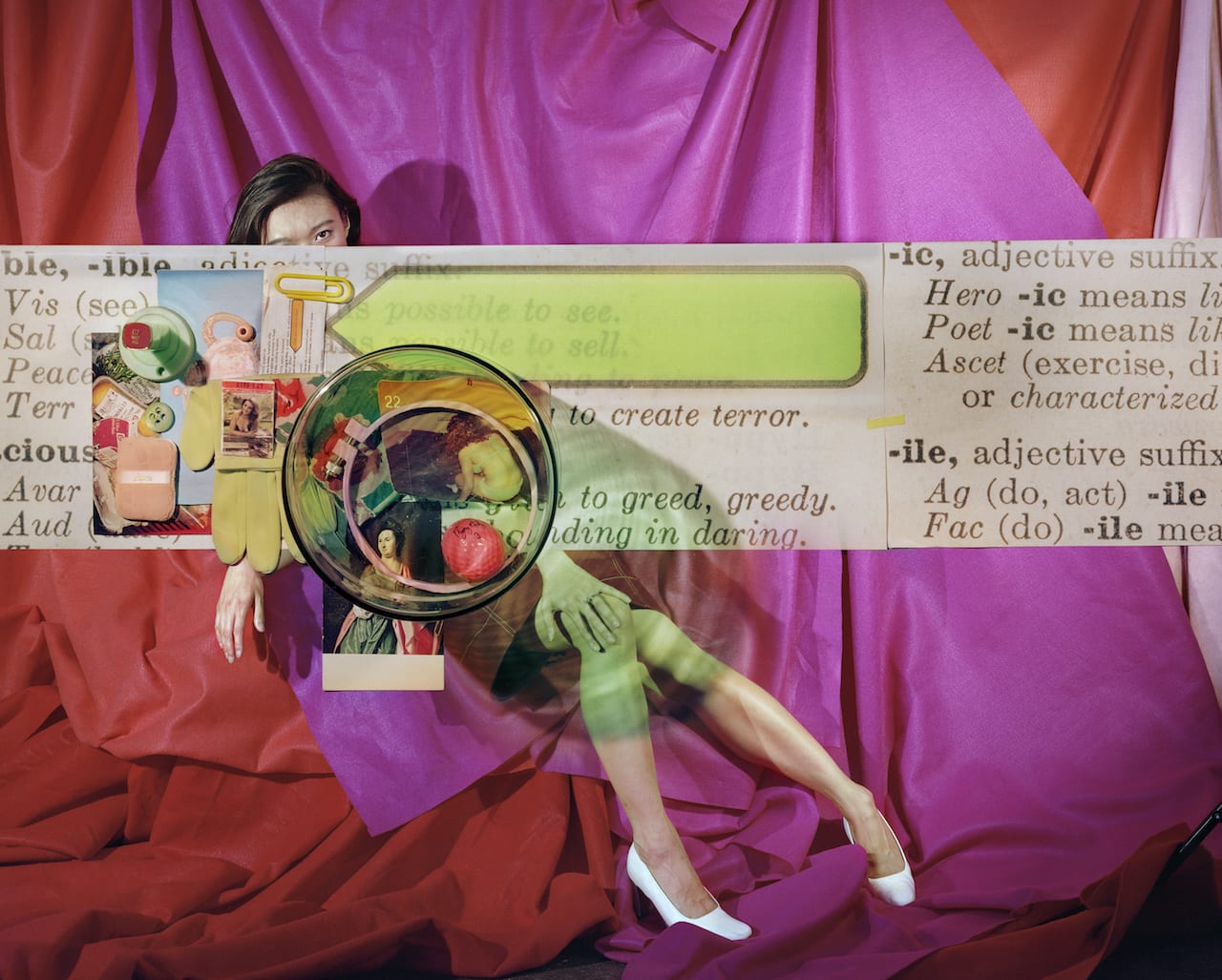
Martin Parr’s Only Human
“I never thought of myself as a portrait photographer,” says Martin Parr, “and when I first met Phillip Prodger [NPG’s former head of photographs], I told him I had only a few celebrity portraits. I just put a lightbox together and sent them to him, though I was quite surprised at what I had.” Prodger, however, had other ideas, seeing in Parr the work of a social observer who could also offer a portrait of a nation at a key point in its history. So it is that London’s National Portrait Gallery put together Only Human, on show until 27 May, bringing together some of Parr’s most famous photographs alongside a number of works never exhibited before.
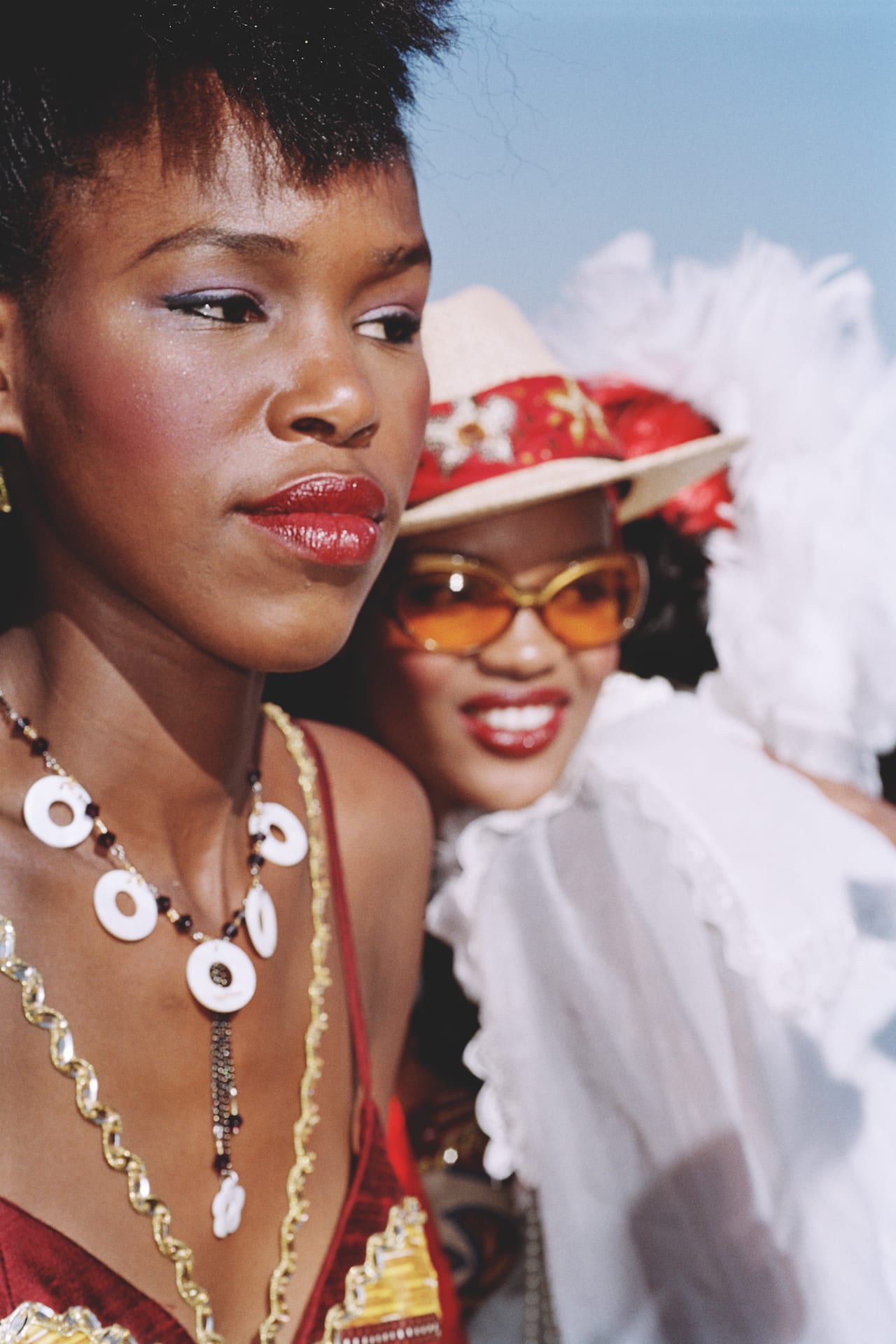
Restricted Images by Patrick Waterhouse and the Warlpiri
The subtitle of Patrick Waterhouse’s latest work, Restricted Images, is Made with the Warlpiri of Central Australia – and the word ‘with’ is notable. Over repeated trips, the 37-year-old Briton began to collaborate with, photograph and collect the work of Warlpiri artists, basing himself at the Warlukurlangu Artists art centre in the Northern Territory, five hours’ drive from Alice Springs. “I wanted to create a situation where the people I was working with had an encounter again, a chance to flip the power dynamic,” he tells me over coffee at his new studio in east London. “I wanted to give the people in this community agency over their own representations.”

Handsworth Self Portrait: 40 Years On
“We wanted to get people to take their own portraits, to give them the opportunity to represent themselves to the camera,” says Derek Bishton, of a seminal project now going on show again in Birmingham, UK – the Handsworth Self Portrait, in which residents of the multicultural inner city area were invited into a portrait studio to take their own photographs. “Handsworth was just one of those areas where everybody had concentrated, it was one of the first multicultural societies [in the UK],” adds Bishton. “It had a really diverse community in those days – a large Afro-Caribbean community, large Punjabi, large Pakistani, and obviously still had a large white community as well. There was a real diversity of people, and we pictured the arrival of that.”
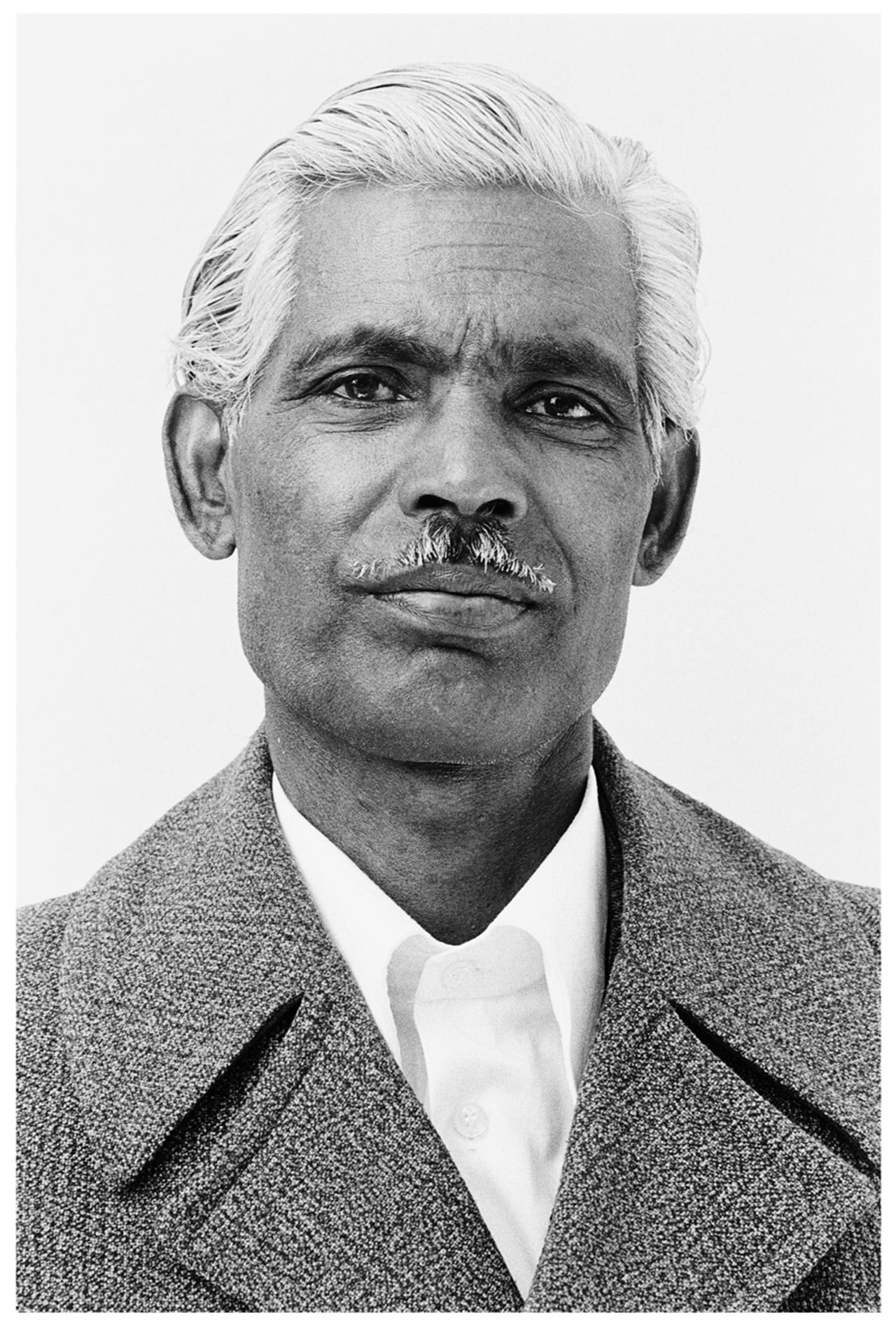
Format Festival, 14 March – 15 April
“A festival is about taking risks,” says Louise Clements, founder and director of Format International Photography Festival, which returns this year to celebrate its ninth edition. “Festivals can come and go, but to sustain something for so many years, you have to work out how to make it valuable for its participants and its audience, by giving people something to work towards.” With a lead exhibition looking at “crooked documentary” and solo shows for image-makers such as Kensuke Koike, Jack Latham, and Maurice Broomfield, Derby’s Format Festival hopes to be “a catalyst in the cultural ecosystem”, she adds.
